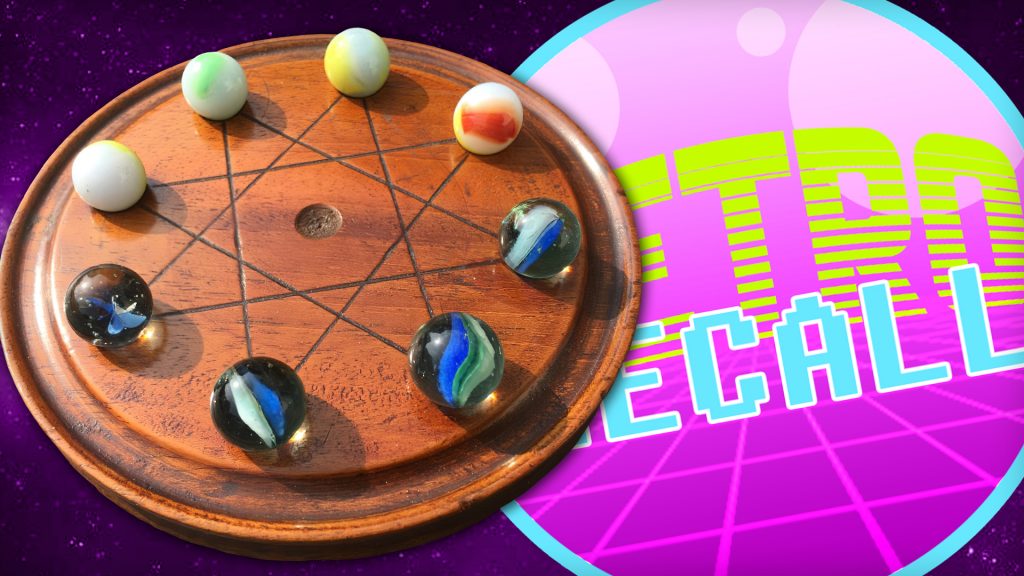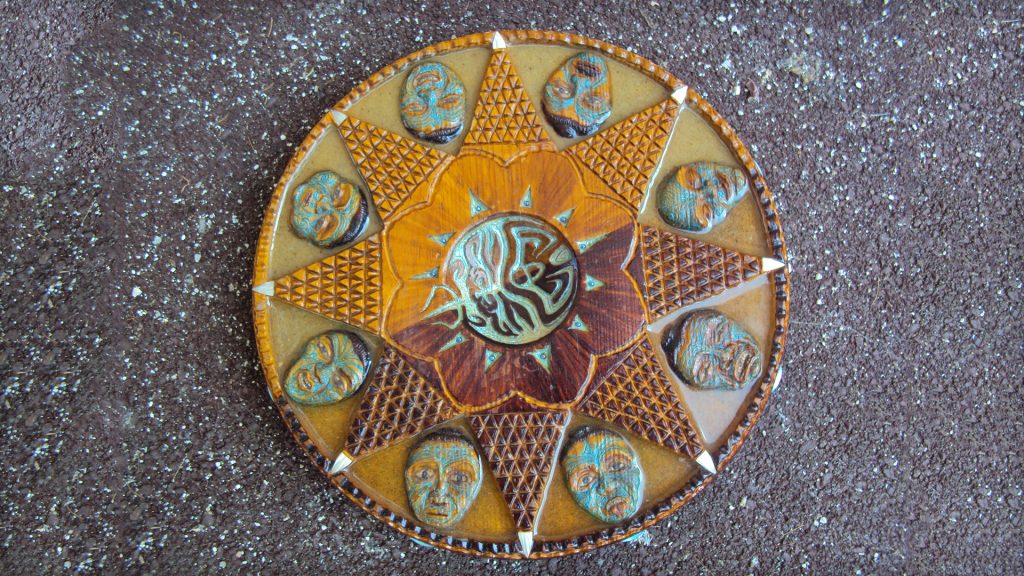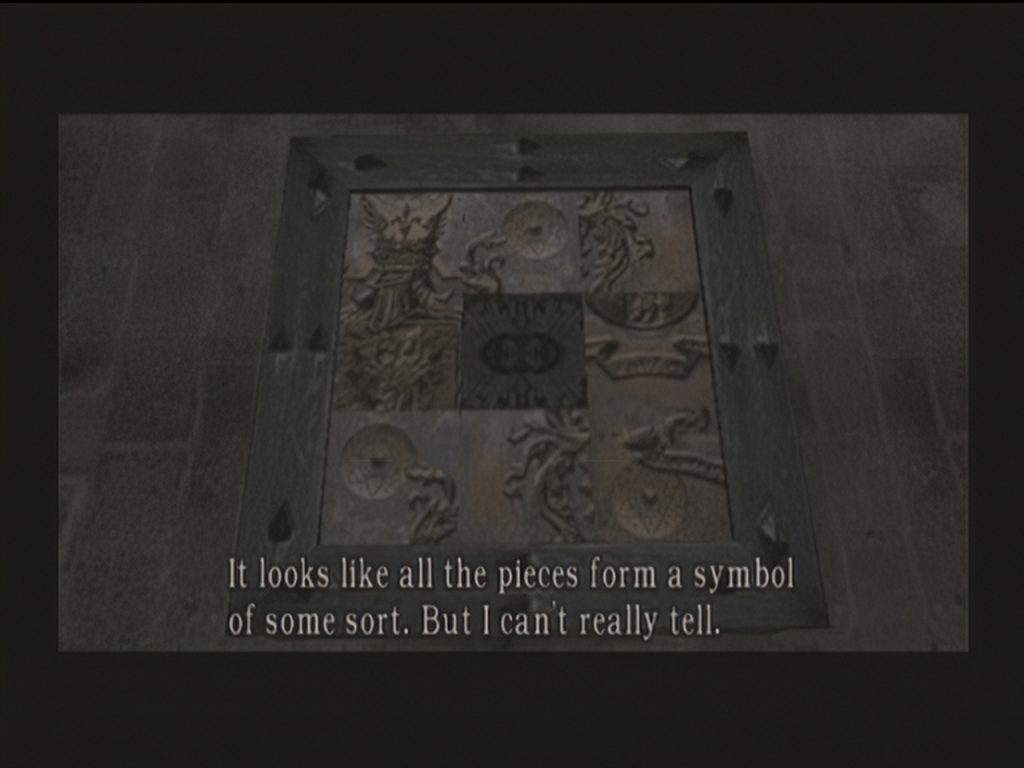Retro Recall: Mu Torere
April 2, 2019 by ludicryan
Hoy ahoy there friends! Did someone ask for an article on ancient board games? No? Well, you’re getting one anyway!
I’ve focused a lot on ancient board games from Western civilizations from Rome, Spain and Ireland so it’s about time to visit the other side of the world. This one is called Mu Torere and it is said to be the only indigenous game of the Maori people from New Zealand. That is fascinating because the Maori people have historically had more games dedicated to dexterity and physical movement. Now there are some sources that dispute this idea that Mu Torere was a Maori invention, saying that it was adapted from Draughts which the Europeans brought over. The word Mu comes from either the Maori word for Draughts (which was in turn derived from Alquerque) or the Maori pronunciation of the English word to ‘move’.
However, Mu Torere doesn’t resemble Draughts in any way: The grid is shaped differently and the objective is immobilization. What David Parlett points out in his History of Board Games book is the similarity between Mu Torere and alignment games like Merels or the more commonly known Nine Men’s Morris. The temple at Kurna in Egypt is the site of many board games carved into roofing slabs with a circular Merel board carved in which bears resemblance to the Mu Torere board. This is an interesting discovery in terms of alignment games as the Temple at Kurna dates back to 1400 BCE.
Now, as with a lot of ancient board games, it can be hard to trace where they have travelled or how they might have influenced the games of other societies. Merel-like boards do turn up in many different places though from Ireland to Sri Lanka. The question is: did this board travel far enough and quickly enough to join the migration of Polynesian peoples from what would be modern-day Taiwan? Most likely not. What may be more likely is that this game originates in New Zealand.
How Is It Played?
So each board is constructed with nine points shaped like a star. Eight points are on the outer circle with one occupying the centre (called the putahi). Each player has four pieces each which are placed adjacently on the points of the star. Black moves first with players moving alternatively.
After this, it’s pretty simple. R.C Bell categorises three types of move:
-
- “A piece may move from one of the points to the ‘putahi’, provided that one or both of the adjacent points are occupied by an enemy piece or pieces.
- A piece may move from one of the points to an adjacent empty point
- A piece may move from the Putahi to a point.”
You win by blocking your opponent from being able to make a move. Simple stuff, but deceptive in how an experienced player can wipe the floor with you. Given the types of moves, however,
What Is It Like?
I’m not going to lie friends: I’m pretty terrible at this extraordinarily simple game. I’ve been playing A.I on internet browsers and on my phone and I have only won a single game so far...and that was an accident. Though it is simple to make a move, my mind isn’t quite used to how many pieces there are on this type of board.
It shouldn’t be that much of a stretch for any strategic mind, however, given that the board is just a circular tic-tac-toe board. It reminds me a little of the 3x3 tile puzzles which are made up of 8 tiles with one missing. The objective is to rearrange the tiles to make a complete picture. That kind of puzzle can feel similar to Mu Torere because of the ‘infinite’ possibility of movements which can be achieved by two proficient players.
Despite being pretty terrible at it, Mu Torere is fascinating for how it potentially came into existence - seemingly separate from other civilizations which had been making their own alignment games!
What do you think about Mu Torere?














































































must find and download, sounds like a great waste of time.
I think you just called Ryan’s entire being into question there 🙂
Don’t be so very cruel. Doesn’t he help Cass preform.